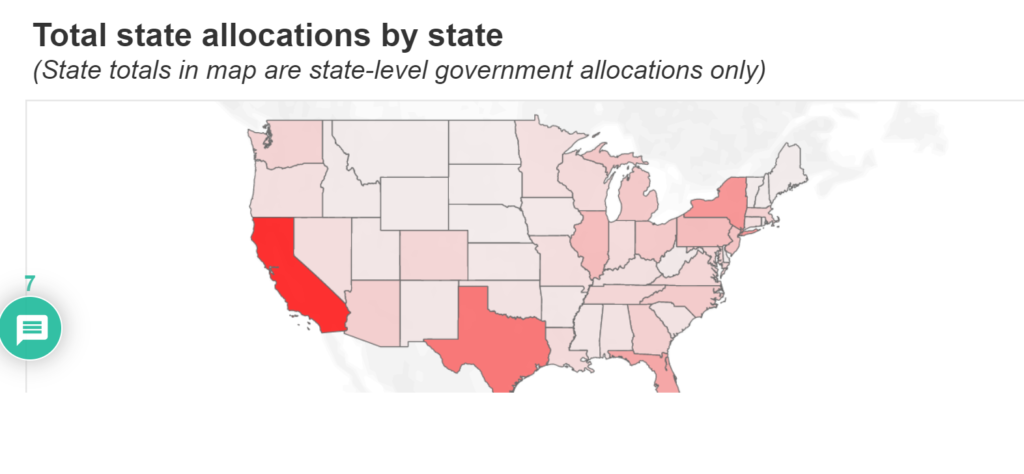Excerpt:
The first round of aid for state and local governments is set to go out next week, but with no guidance yet on the spending rules, leaders are becoming increasingly frustrated.
The American Rescue Plan Act (ARPA) included $350 billion in direct aid to states and localities and the law requires the U.S. Department of Treasury to distribute the first tranche by May 10. Since it passed on March 11, the department has been developing guidance on the spending rules with input from government organizations. The ARPA law says governments can use the money for public health crisis expenses and for budget deficits, but more specifics are needed because governments are required to track and report on their spending.
Now, with just days to go until the first round of aid is to be delivered, the rules still aren’t out and frustrations are mounting. This is particularly true for those governments who are receiving direct federal aid for the first time since the pandemic began.
Author(s): Liz Farmer
Publication Date: 6 May 2021
Publication Site: Forbes

